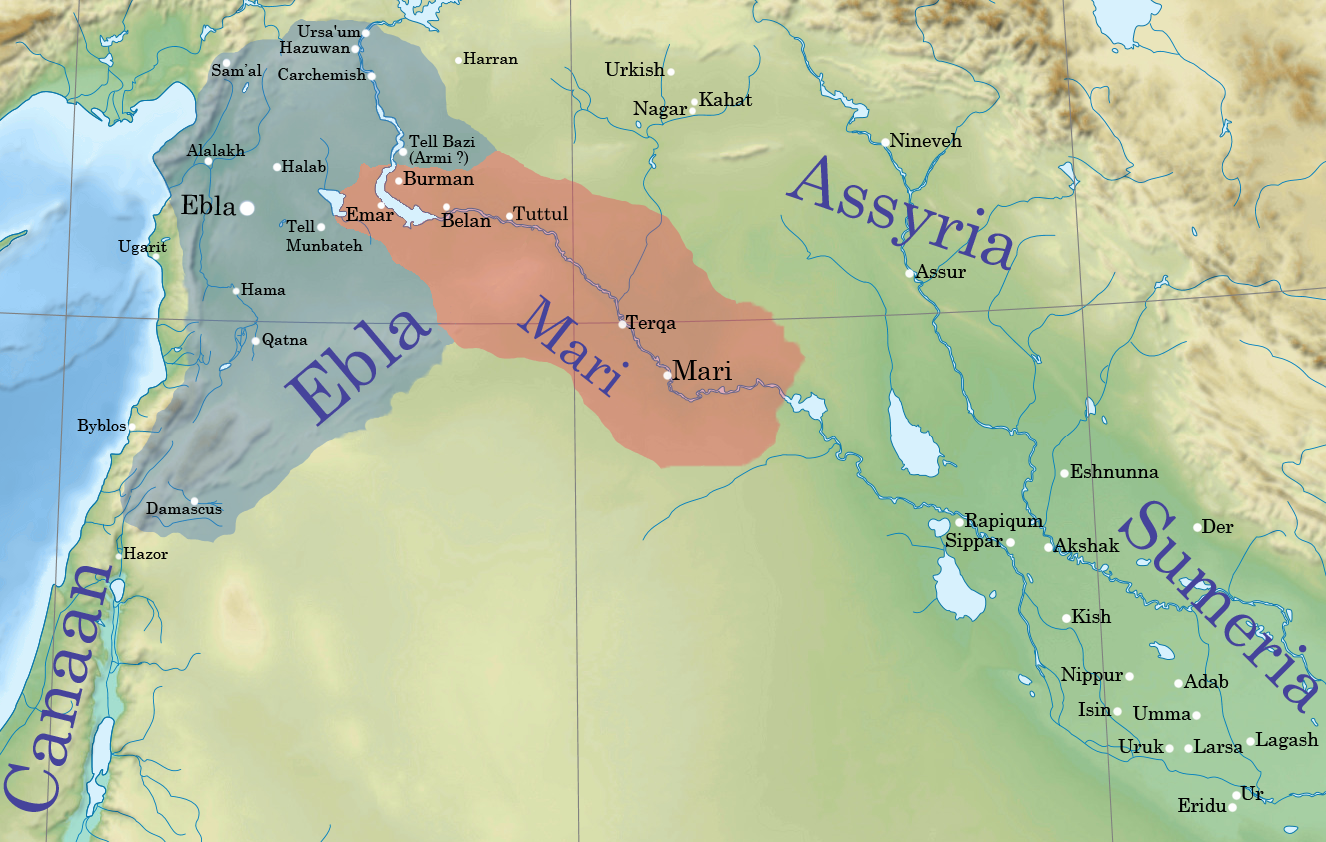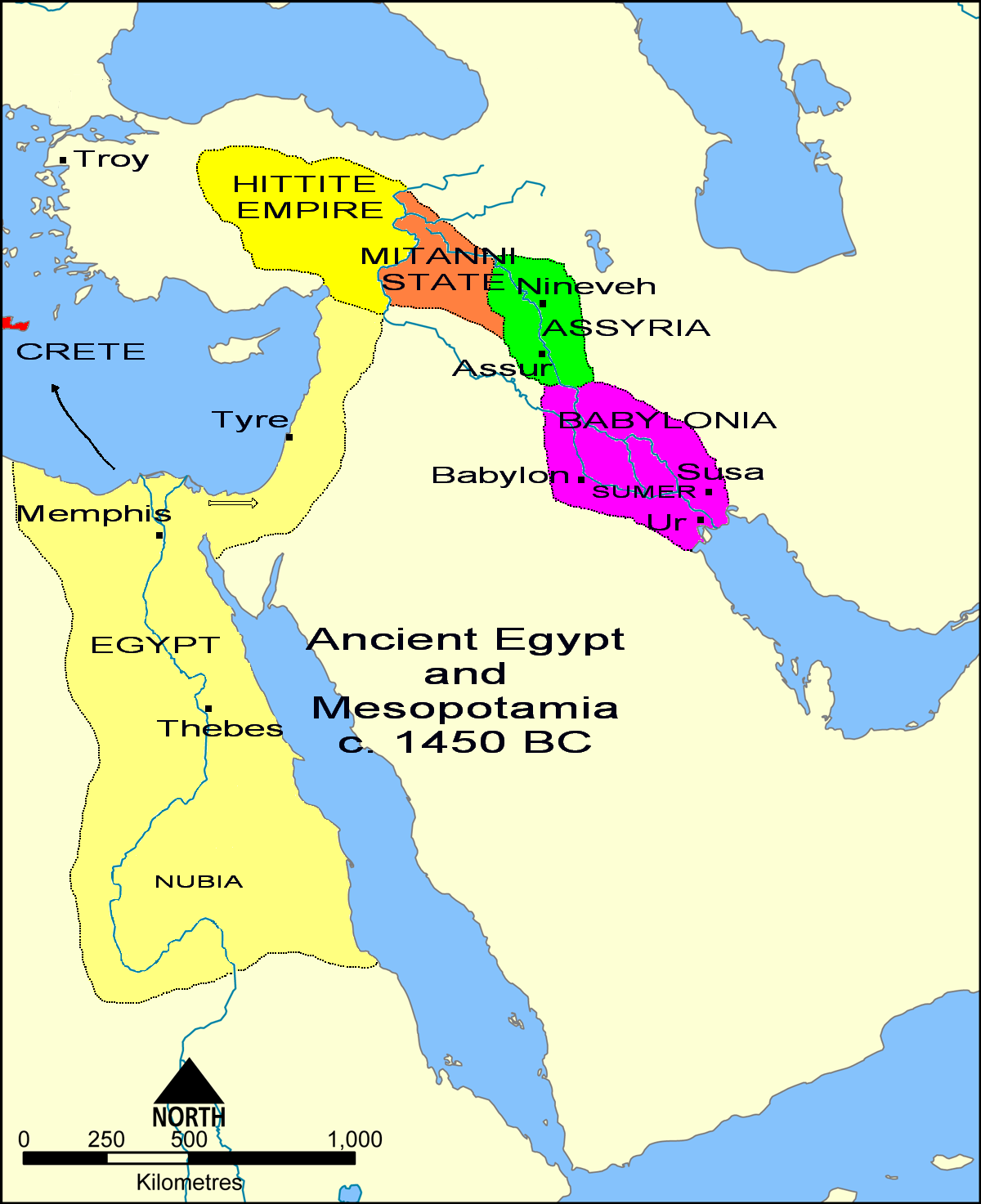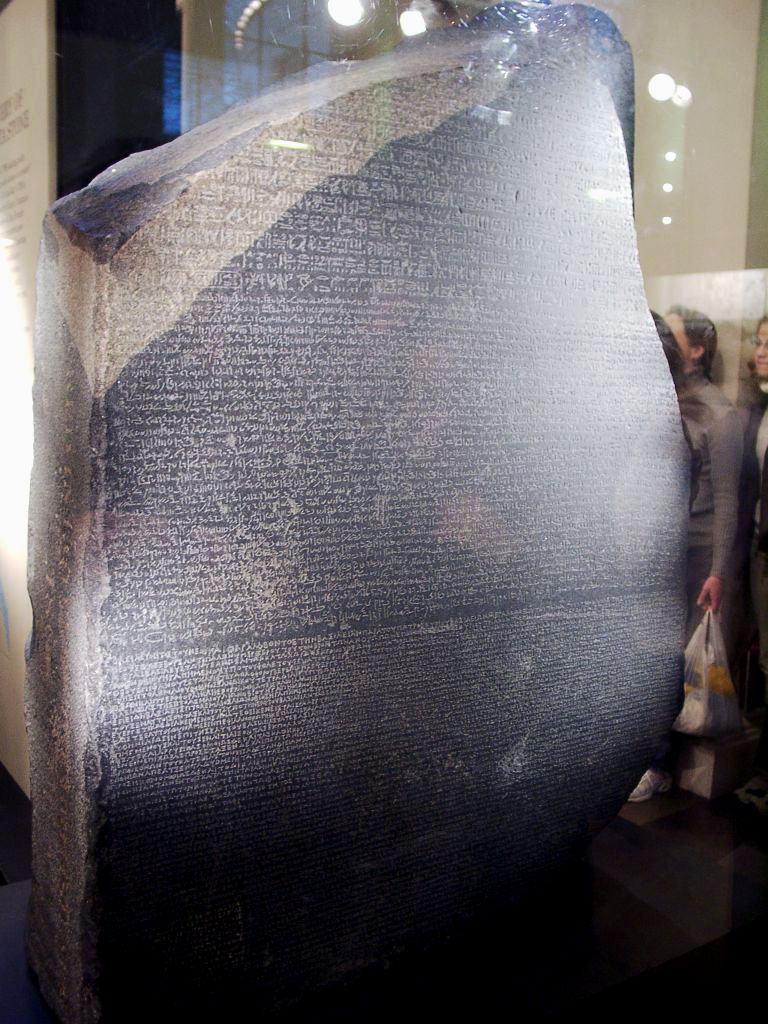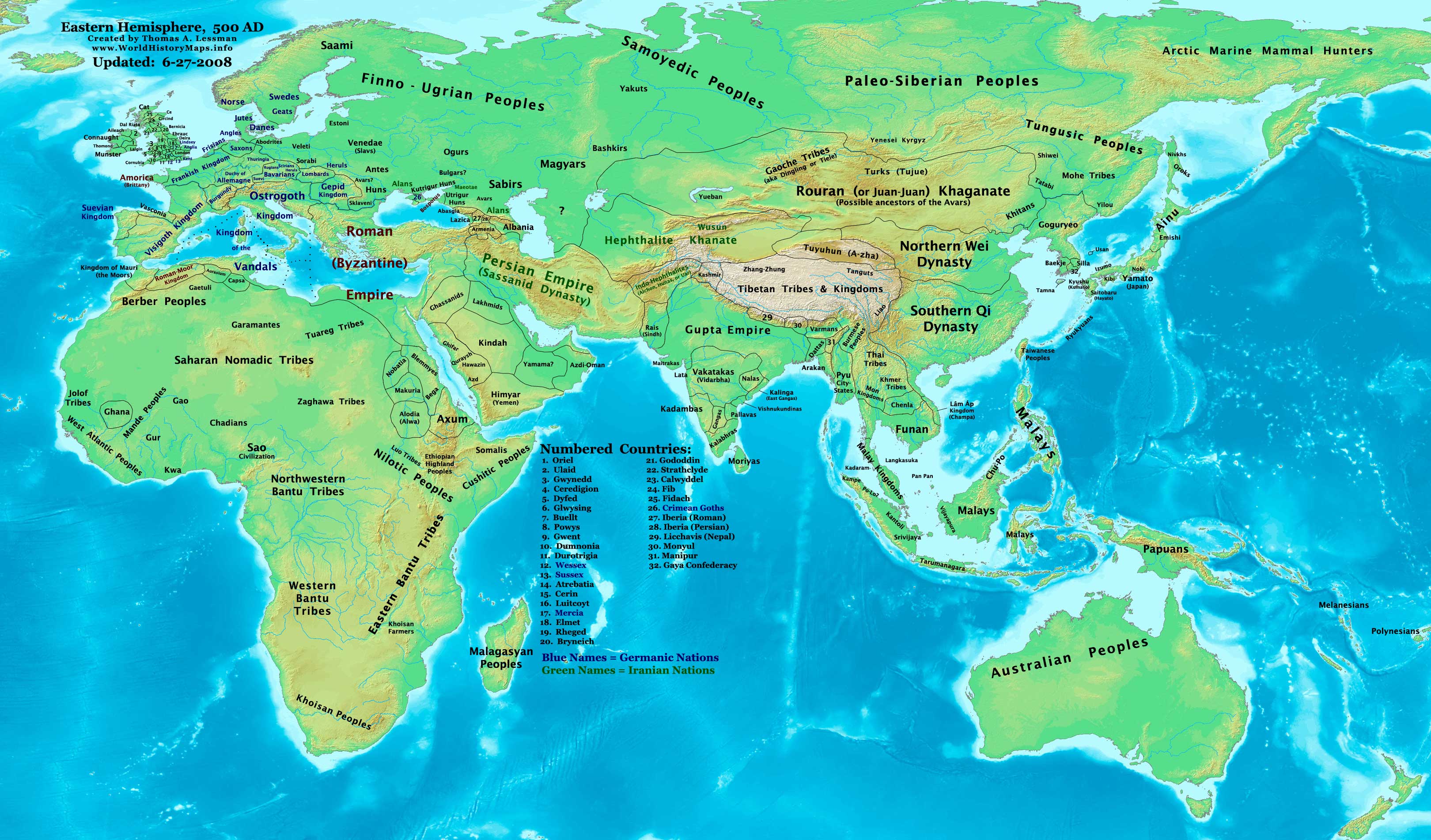|
Azi (scribe)
Azi (fl. c. 25th century BC, 2500 BC) is the name of a scribe from the kingdom of Ebla. His name has been found on a number of clay tablets, making possible an extrapolation of his career path. Career He began as a student and passed examinations to become a scribe. He was a highly competent teacher, known from his title, ''dub-zu-zu'', or "one who knows the tablets." Finally, he became a top administrator in the kingdom. Sources * References Ebla Ancient Near Eastern scribes Writing teachers Syrian educators 25th-century BC people Year of birth unknown Year of death unknown {{AncientNearEast-bio-stub ... [...More Info...] [...Related Items...] OR: [Wikipedia] [Google] [Baidu] |
25th Century BC
The 25th century BC was a century that lasted from the year 2500 BC to 2401 BC. Events * c. 2900–2334 BC: Mesopotamian wars of the Early Dynastic period. * c. 2560 BC: Construction of the Great Pyramid of Giza is completed. * c. 2500 BC: Rice was first introduced to Malaysia * c. 2500 BC: Scribal schools flourish throughout Sumer. * c. 2500 BC: Assyria is established. * c. 2500 BC: Cylinder seal from Sumer and its impression are made. It is now in the Metropolitan Museum of Art, New York. * c. 2500 BC: Excavation and development of the Hypogeum of Ħal-Saflieni at Paola, Malta, a subterranean temple complex subsequently used as a necropolis. * c. 2500 BC: The Pyramid of Khafre, Giza, is built. * c. 2500 BC: The sculpture Khafre Enthroned is made. * c. 2500 BC: People in Peru rely on fish and mussels for food. *c. 2500 BC: Evidence of long-distance trade routes in South America. * c. 2500 BC: Skara Brae is abandoned after approximately 600 years of occupation. * c. 2500– ... [...More Info...] [...Related Items...] OR: [Wikipedia] [Google] [Baidu] |
Scribe
A scribe is a person who serves as a professional copyist, especially one who made copies of manuscripts before the invention of automatic printing. The profession of the scribe, previously widespread across cultures, lost most of its prominence and status with the advent of the printing press. The work of scribes can involve copying manuscripts and other texts as well as secretarial and administrative duties such as the taking of dictation and keeping of business, judicial, and historical records for kings, nobles, temples, and cities. The profession has developed into public servants, journalists, accountants, bookkeepers, typists, and lawyers. In societies with low literacy rates, street-corner letter-writers (and readers) may still be found providing scribe service. Ancient Egypt One of the most important professionals in ancient Egypt was a person educated in the arts of writing (both hieroglyphics and hieratic scripts, as well as the demotic script from the s ... [...More Info...] [...Related Items...] OR: [Wikipedia] [Google] [Baidu] |
Ebla
Ebla (Sumerian: ''eb₂-la'', ar, إبلا, modern: , Tell Mardikh) was one of the earliest kingdoms in Syria. Its remains constitute a tell located about southwest of Aleppo near the village of Mardikh. Ebla was an important center throughout the and in the first half of the Its discovery proved the Levant was a center of ancient, centralized civilization equal to Egypt and Mesopotamia and ruled out the view that the latter two were the only important centers in the Near East during the Early Bronze Age. The first Eblaite kingdom has been described as the first recorded world power. Starting as a small settlement in the Early Bronze Age ( ), Ebla developed into a trading empire and later into an expansionist power that imposed its hegemony over much of northern and eastern Syria. Ebla was destroyed during the It was then rebuilt and was mentioned in the records of the Third Dynasty of Ur. The second Ebla was a continuation of the first, ruled by a new royal ... [...More Info...] [...Related Items...] OR: [Wikipedia] [Google] [Baidu] |
Ancient Near Eastern Scribes
Ancient history is a time period from the beginning of writing and recorded human history to as far as late antiquity. The span of recorded history is roughly 5,000 years, beginning with the Sumerian cuneiform script. Ancient history covers all continents inhabited by humans in the period 3000 BCAD 500. The three-age system periodizes ancient history into the Stone Age, the Bronze Age, and the Iron Age, with recorded history generally considered to begin with the Bronze Age. The start and end of the three ages varies between world regions. In many regions the Bronze Age is generally considered to begin a few centuries prior to 3000 BC, while the end of the Iron Age varies from the early first millennium BC in some regions to the late first millennium AD in others. During the time period of ancient history, the world population was already exponentially increasing due to the Neolithic Revolution, which was in full progress. While in 10,000 BC, the world population stood ... [...More Info...] [...Related Items...] OR: [Wikipedia] [Google] [Baidu] |
Writing Teachers
Writing is a medium of human communication which involves the representation of a language through a system of physically inscribed, mechanically transferred, or digitally represented symbols. Writing systems do not themselves constitute human languages (with the debatable exception of computer languages); they are a means of rendering language into a form that can be reconstructed by other humans separated by time and/or space. While not all languages use a writing system, those that do can complement and extend capacities of spoken language by creating durable forms of language that can be transmitted across space (e.g. written correspondence) and stored over time (e.g. libraries or other public records). It has also been observed that the activity of writing itself can have knowledge-transforming effects, since it allows humans to externalize their thinking in forms that are easier to reflect on, elaborate, reconsider, and revise. A system of writing relies on many of t ... [...More Info...] [...Related Items...] OR: [Wikipedia] [Google] [Baidu] |
Syrian Educators
Syrians ( ar, سُورِيُّون, ''Sūriyyīn'') are an Eastern Mediterranean ethnic group indigenous to the Levant. They share common Levantine Semitic roots. The cultural and linguistic heritage of the Syrian people is a blend of both indigenous elements and the foreign cultures that have come to inhabit the region of Syria over the course of thousands of years. The mother tongue of most Syrians is Levantine Arabic, which came to replace the former mother tongue, Aramaic, following the Muslim conquest of the Levant in the 7th century. The conquest led to the establishment of the Caliphate under successive Arab dynasties, who, during the period of the later Abbasid Caliphate, promoted the use of the Arabic language. A minority of Syrians have retained Aramaic which is still spoken in its Eastern and Western dialects. In 2018, the Syrian Arab Republic had an estimated population of 19.5 million, which includes, aside from the aforementioned majority, ethnic minorities such as K ... [...More Info...] [...Related Items...] OR: [Wikipedia] [Google] [Baidu] |
25th-century BC People
The 5th century is the time period from 401 ( CDI) through 500 ( D) '' Anno Domini'' (AD) or Common Era (CE) in the Julian calendar. The 5th century is noted for being a period of migration and political instability throughout Eurasia. It saw the collapse of the Western Roman Empire, which came to an end in 476 AD. This empire had been ruled by a succession of weak emperors, with the real political might being increasingly concentrated among military leaders. Internal instability allowed a Visigoth army to reach and ransack Rome in 410. Some recovery took place during the following decades, but the Western Empire received another serious blow when a second foreign group, the Vandals, occupied Carthage, capital of an extremely important province in Africa. Attempts to retake the province were interrupted by the invasion of the Huns under Attila. After Attila's defeat, both Eastern and Western empires joined forces for a final assault on Vandal North Africa, but this campai ... [...More Info...] [...Related Items...] OR: [Wikipedia] [Google] [Baidu] |
Year Of Birth Unknown
A year or annus is the orbital period of a planetary body, for example, the Earth, moving in its orbit around the Sun. Due to the Earth's axial tilt, the course of a year sees the passing of the seasons, marked by change in weather, the hours of daylight, and, consequently, vegetation and soil fertility. In temperate and subpolar regions around the planet, four seasons are generally recognized: spring, summer, autumn and winter. In tropical and subtropical regions, several geographical sectors do not present defined seasons; but in the seasonal tropics, the annual wet and dry seasons are recognized and tracked. A calendar year is an approximation of the number of days of the Earth's orbital period, as counted in a given calendar. The Gregorian calendar, or modern calendar, presents its calendar year to be either a common year of 365 days or a leap year of 366 days, as do the Julian calendars. For the Gregorian calendar, the average length of the calendar year ... [...More Info...] [...Related Items...] OR: [Wikipedia] [Google] [Baidu] |





